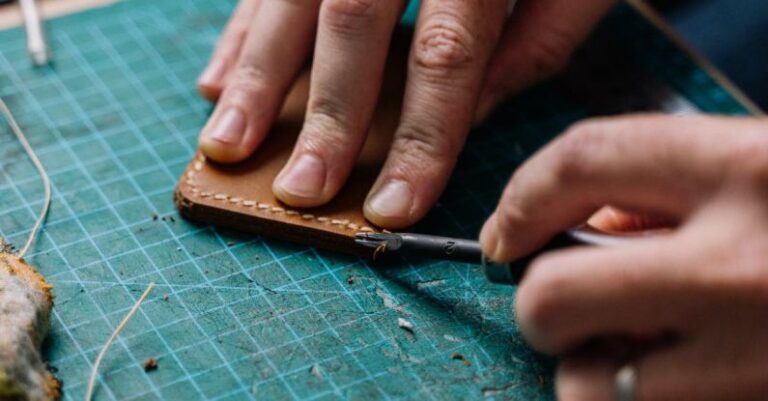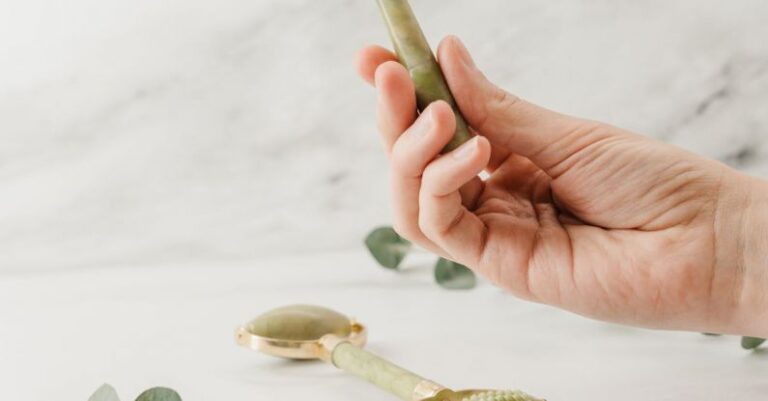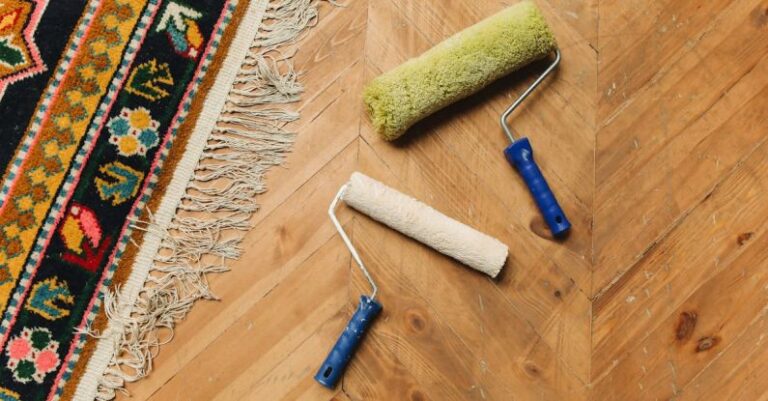
Achieving smooth, radiant skin often involves exfoliation to remove dead skin cells and reveal a fresh layer underneath. However, with a plethora of exfoliating tools available in the market, it can be overwhelming to choose the right one for your skin type and concerns. To help you navigate through the options, here are some of the best tools for exfoliating your skin.
Exfoliating Gloves:
Exfoliating gloves are a versatile and easy-to-use tool for sloughing off dead skin cells. Made from textured materials like nylon or loofah, these gloves provide gentle exfoliation when used in combination with your favorite body wash or scrub. The textured surface helps to unclog pores, improve circulation, and leave your skin feeling soft and smooth. To use exfoliating gloves, simply slip them on during your shower or bath and gently massage your skin in circular motions.
Dry Brush:
Dry brushing has gained popularity in the skincare world for its exfoliating and lymphatic drainage benefits. A dry brush typically features natural bristles that help to remove dead skin cells, stimulate circulation, and promote lymphatic flow. To use a dry brush, start at your feet and brush upwards towards your heart using long, sweeping motions. Avoid sensitive areas and always brush towards the heart to encourage lymphatic drainage. Incorporating dry brushing into your skincare routine a few times a week can help improve the overall texture and appearance of your skin.
Konjac Sponge:
Konjac sponges are a gentle yet effective tool for exfoliating the face and body. Made from the konjac plant root, these sponges are soft and suitable for all skin types, including sensitive skin. Konjac sponges help to gently exfoliate the skin, remove impurities, and promote a healthy glow. To use a konjac sponge, wet it with water until it becomes soft, then massage it in circular motions over your face or body. After use, rinse the sponge thoroughly and allow it to air dry.
Electric Exfoliating Brush:
Electric exfoliating brushes are powered devices equipped with rotating or oscillating brush heads to deeply cleanse and exfoliate the skin. These brushes are designed to remove impurities, unclog pores, and improve skin texture through gentle exfoliation. Many electric brushes come with different speed settings and brush heads to cater to various skin types and concerns. When using an electric exfoliating brush, start with a low speed and gentle pressure to avoid irritating the skin. Incorporate this tool into your skincare routine a few times a week for best results.
Pumice Stone:
A pumice stone is a natural exfoliating tool that is particularly useful for smoothing rough skin on the feet and elbows. This volcanic rock is porous and abrasive, making it ideal for removing calluses and dead skin buildup. To use a pumice stone, soak the area in warm water to soften the skin, then gently rub the stone in circular motions to exfoliate rough patches. Avoid using a pumice stone on delicate or sensitive areas of the skin to prevent irritation.
In Summary:
Exfoliating your skin is an essential step in maintaining a healthy and glowing complexion. By choosing the right exfoliating tool for your skin type and concerns, you can effectively remove dead skin cells, unclog pores, and reveal smoother, more radiant skin. Whether you opt for exfoliating gloves, a dry brush, a konjac sponge, an electric exfoliating brush, or a pumice stone, incorporating regular exfoliation into your skincare routine can help improve the overall health and appearance of your skin. Choose a tool that suits your preferences and needs, and enjoy the benefits of smoother, more radiant skin.





